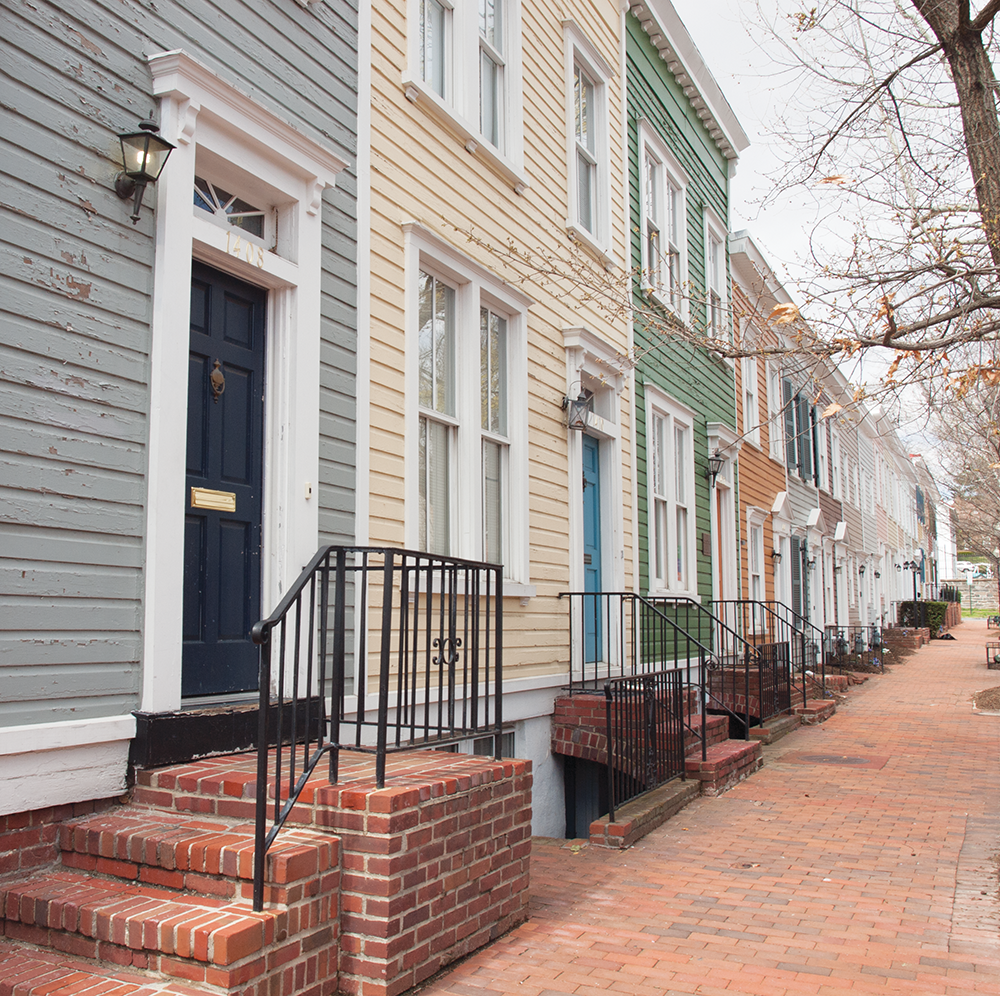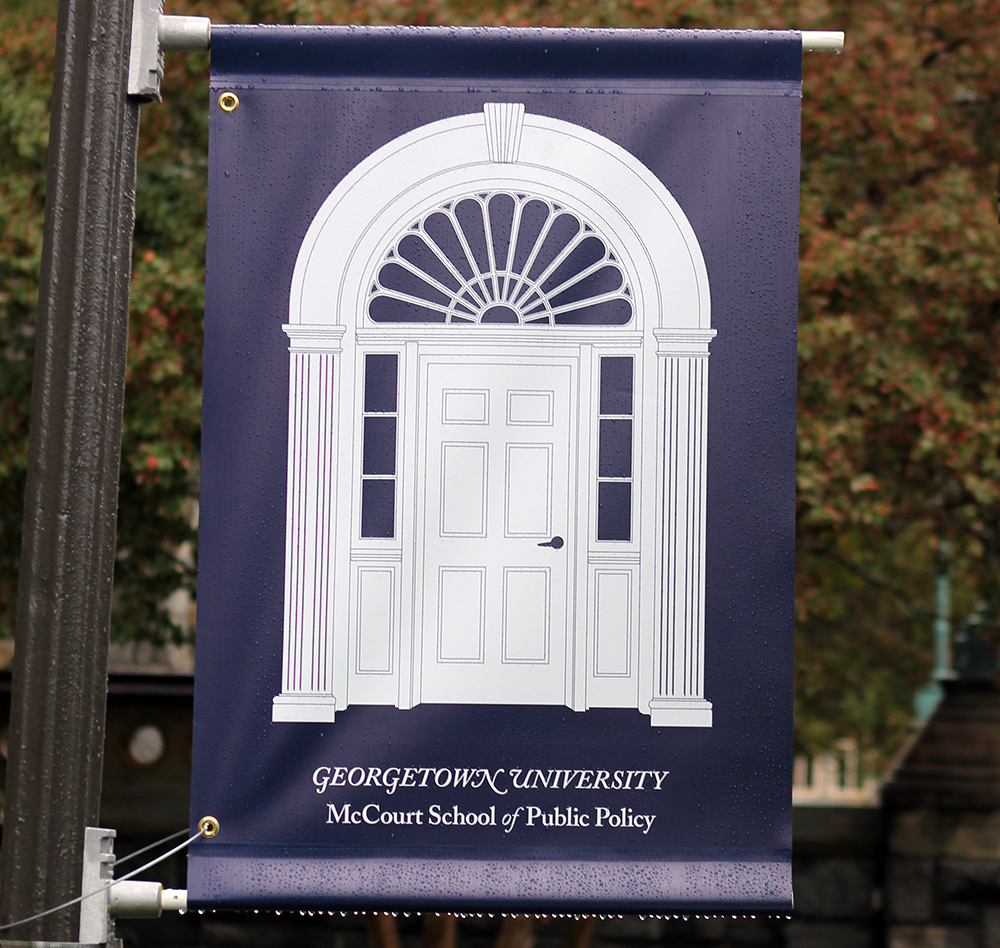The number of uninsured children in the United States increased dramatically during the Trump administration, with 2019 showing the largest single-year increase in uninsured child rates in over a decade, according to a report co-authored by two Georgetown University researchers.

The Georgetown University Health Policy Institute Center for Children and Families released the report, titled “Children’s Uninsured Rate Rises by Largest Annual Jump in More Than a Decade,” on Oct. 8. Researchers Joan Alker, the executive director of the CCF, and Alexandra Corcoran, a research associate at the CCF, utilized data from the American Community Survey, an annual demographics survey conducted by the U.S. Census Bureau, to analyze child uninsurance rates and possible explanations for why children lose insurance.
From 2018 to 2019, the United States saw the largest annual increase in the number of uninsured children. Between those years, 320,000 more children became uninsured, compared with 130,000 more between 2017 and 2018 and 276,000 more between 2016 and 2017, according to the report. These losses occurred prior to the economic downturn brought on by the COVID-19 pandemic.
Before 2017, the rate of uninsured children in the United States had been dropping, meaning these recent findings point to a reversal of earlier progress that was made even under more difficult economic conditions, according to Alker.
“It used to be a good news report. For many years we were making progress and reducing the number of uninsured children and the rate of uninsured children,” Alker said in an interview with The Hoya. “But in 2017 that progress turned around and we started going backwards. It’s very troubling that the trend is now going in the wrong direction because we know how to do this as a country, but now we’re going backwards.”
USCB policies complicate the report’s findings, however. Corcoran said that in 2017, the bureau changed the age cutoff that determines who falls into the category for children. The bureau retroactively updated just one table in the American Community Surveys from 2016 to 2019, according to Corcoran.
“If we’re looking at more detailed breakdowns, we kind of face this challenge where we could only get breakdowns from 2017 to 2019 with the data that we had at the time,” Corcoran said in an interview with The Hoya.
Regardless of these changes, researchers were still able to find that multiple independent factors contributed to the recent decline in children’s health coverage. Efforts to repeal the Affordable Care Act and cut Medicaid, cuts in insurance enrollment outreach, lackluster oversight over state Medicaid programs and a hostile climate discouraging immigrant families from enrolling their children in government insurance programs all contributed to the decline, according to a news release from the CCF.
In this most recent report, researchers also included an estimate of child uninsured rates for 2020 based on a model released by the Urban Institute, a social and economic policy think tank. More than 300,000 children could lose their insurance in 2020, according to the model, which looks specifically at job losses caused by the pandemic and the likelihood that people who lose employer-sponsored insurance will end up on public coverage.
These numbers, however, are still estimates, and ACS will not release 2020 data until September 2021. Regardless, the United States can still expect a large increase in the number of uninsured children because of the pandemic, according to Alker.
Alker said that despite this estimate, there are some mitigating factors that could prevent children from losing insurance, including that Medicaid cannot currently disenroll anyone because of the public health emergency.
The report also examined the politicization of the issues surrounding child insurance rates, with researchers working with several CCF partners to examine state-level data and policy around the issue.
While many states have attempted to make child insurance a nonpartisan issue, the Trump administration and some state governments have done the exact opposite, according to Alker.
“There certainly are certain states that tend to be red states that are doing worse in the south and out west. But there are some exceptions to that, like Alabama, who has always been a real leader in children’s coverage,” Alker said. “It’s not a completely clear-cut situation. But unfortunately, in this administration, they have made repeated attempts to take coverage away from people in different ways, and that includes children.”
Despite the failings of some governing figures, there have been positive steps over the past few years toward improving children’s health coverage, with state legislatures in Ohio and Louisiana using the CCF report to inform policy in their respective states, according to researchers.
Ultimately, researchers hope the report can be effectively used to greatly diminish the number of uninsured children in the United States, according to Alker.
“We have a mission, and our mission is to make sure that kids get good health care,” Alker said. “It’s really a central piece of what we do because it’s not sitting on a shelf somewhere; it’s actually being actively used in state capitals all around the country to promote good policy change for children.”




















